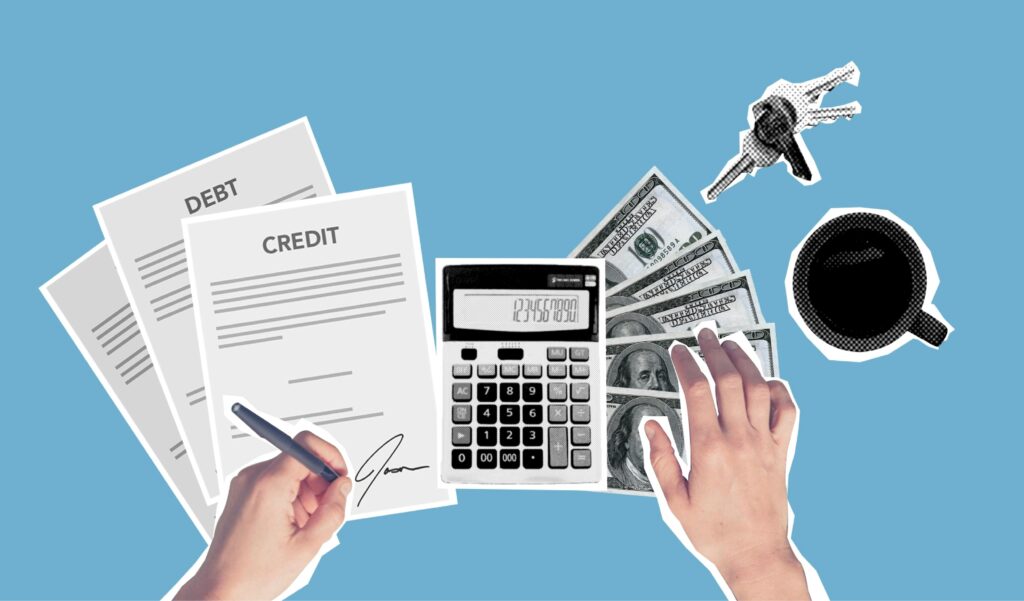Discover how to calculate car loan payments with our comprehensive guide. Learn about factors affecting payments, manual calculations, and tips for getting the best loan deal.
Introduction
Understanding car loan payments is crucial for anyone looking to finance a vehicle. It’s not just about knowing how much you’ll pay each month but also understanding the factors that influence these payments. In this article, we’ll dive into everything you need to know about calculating car loan payments, from the basics to the nitty-gritty details.

What is a Car Loan?
Definition of a Car Loan
A car loan is a type of installment loan specifically used to purchase a vehicle. You borrow a certain amount from a lender, which you then pay back over time with interest.
Types of Car Loans
There are several types of car loans, including secured loans (where the vehicle serves as collateral) and unsecured loans (which don’t require collateral but often come with higher interest rates).
Factors Affecting Car Loan Payments
Loan Amount
The total amount of money you borrow will directly affect your monthly payments. Larger loan amounts typically mean higher payments.
Interest Rate
The interest rate is the percentage of the loan amount charged by the lender for borrowing the money. Lower interest rates result in lower monthly payments.
Loan Term
This is the period over which you agree to pay back the loan. Common terms range from 24 to 72 months. Longer terms can lower monthly payments but increase the total interest paid.
Down Payment
The initial amount you pay upfront reduces the total loan amount. A higher down payment can lower your monthly payments.
Credit Score
Your credit score significantly influences the interest rate you receive. Higher credit scores generally lead to lower interest rates.
How to Calculate Car Loan Payments
Understanding the Formula
The formula to calculate car loan payments is:
M=P×r×(1+r)n(1+r)n−1M = \frac{P \times r \times (1 + r)^n}{(1 + r)^n – 1}M=(1+r)n−1P×r×(1+r)n
Where:
- MMM = Monthly payment
- PPP = Principal loan amount
- I = Monthly interest rate (annual rate divided by 12)
- nnn = Number of payments (loan term in months)
Example Calculation
Suppose you borrow $20,000 at an annual interest rate of 5% for 60 months. The monthly interest rate is 0.05/12, and the number of payments is 60.
M=20000×0.004167×(1+0.004167)60(1+0.004167)60−1M = \frac{20000 \times 0.004167 \times (1 + 0.004167)^{60}}{(1 + 0.004167)^{60} – 1}M=(1+0.004167)60−120000×0.004167×(1+0.004167)60
Calculating this gives you a monthly payment of approximately $377.42.
Using Online Calculators
Benefits of Online Calculators
Online car loan calculators simplify the process by doing the math for you. They provide quick and accurate estimates of your monthly payments.
Step-by-Step Guide
- Enter the loan amount.
- Input the interest rate.
- Specify the loan term.
- Include any down payment.
- Click “Calculate” to see your monthly payment.
Manual Calculation Method
Formula Breakdown
To manually calculate your car loan payment, use the formula provided above. Breaking it down into steps can help ensure accuracy.
Detailed Calculation Steps
- Convert the annual interest rate to a monthly rate by dividing by 12.
- Determine the total number of payments by multiplying the loan term (in years) by 12.
- Apply the values to the formula to calculate the monthly payment.
Interest Rates Explained
Fixed vs. Variable Interest Rates
Fixed interest rates remain constant throughout the loan term, providing predictable payments. Variable rates can fluctuate based on market conditions, which can lead to varying payments.
How Interest Rates Affect Monthly Payments
Higher interest rates increase the cost of borrowing and the monthly payment. Lower rates reduce both.

Loan Term Considerations
Short-term vs. Long-term Loans
Short-term loans have higher monthly payments but lower total interest costs. Long-term loans lower monthly payments but increase total interest paid over time.
Impact on Monthly Payments and Total Interest
Choosing a longer term reduces monthly payments but results in more interest paid overall. Shorter terms do the opposite.
Down Payment Impact
How Down Payments Lower Monthly Payments
A larger down payment reduces the principal loan amount, leading to lower monthly payments.
Optimal Down Payment Strategies
Aim for a down payment of at least 20% to reduce loan costs and avoid being “upside-down” on your loan (owing more than the car’s value).
Credit Score Influence
How Credit Scores Affect Loan Terms
Lenders use credit scores to assess risk. Higher scores usually result in lower interest rates and better loan terms.
Tips for Improving Credit Score
- Pay bills on time.
- Reduce credit card balances.
- Avoid applying for new credit frequently.
Additional Costs to Consider
Taxes and Fees
These can include sales tax, title fees, and registration fees, which vary by location.
Insurance Costs
Car insurance is mandatory and can be costly, especially for new or expensive vehicles.
Maintenance and Repairs
Regular maintenance and unexpected repairs add to the overall cost of owning a car.
Tips for Getting the Best Car Loan Deal
Shopping Around for Loans
Compare offers from multiple lenders, including banks, credit unions, and online lenders, to find the best rates and terms.
Negotiating Terms
Don’t be afraid to negotiate the interest rate, loan term, and other terms with lenders.
Considering Pre-Approval
Getting pre-approved for a loan can simplify the buying process and provide leverage when negotiating with dealers.
Common Mistakes to Avoid
Overlooking the Total Cost
Don’t focus solely on monthly payments. Consider the total cost of the loan, including interest and fees.
Not Comparing Multiple Offers
Always compare multiple loan offers to ensure you’re getting the best deal.
Ignoring the Fine Print
Read the loan agreement carefully to understand all terms and conditions.
Refinancing Your Car Loan
When to Consider Refinancing
Consider refinancing if interest rates drop or your credit score improves significantly.
Benefits and Drawbacks
Refinancing can lower your monthly payment or reduce the loan term but may come with fees and extend the loan period.
Steps to Refinance
- Check your credit score.
- Shop for refinancing offers.
- Apply and get approved.
- Close the new loan and pay off the old one.

Conclusion
Understanding and calculating car loan payments can help you make informed decisions and save money in the long run. By considering factors like loan amount, interest rates, and loan terms, you can better manage your finances and find the best deal
